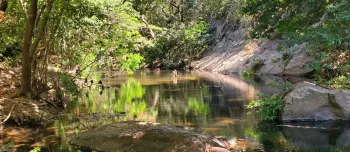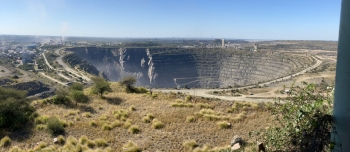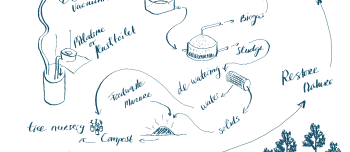Sky High: Synergetic Vertical Farming
The Sky High project is a multidisciplinary research programme focusing on improving the productivity, predictability, and replicability of vertical farming. One aspect of the research programme involves exploring the integration of vertical farms within buildings and cities and identifying resources synergies between these three entities. This includes utilising the waste heat from vertical farms as space heating within the building, using CO2 from inside the building to enrich the growing environment, making use of rainwater harvesting to grow crops, and growing food close to where it is consumed. It is known that leveraging resource synergies leads to energy reductions. However, it is not known how much the energy use of vertical farms can be reduced as a result of synergetic design, which is why the research is necessary. The integration of vertical farms within the built environment also enables new architectural typologies to be realised, which is also being explored as part of the research.
Stage of the project

Idea

Starting Up

Implementation

Realised











